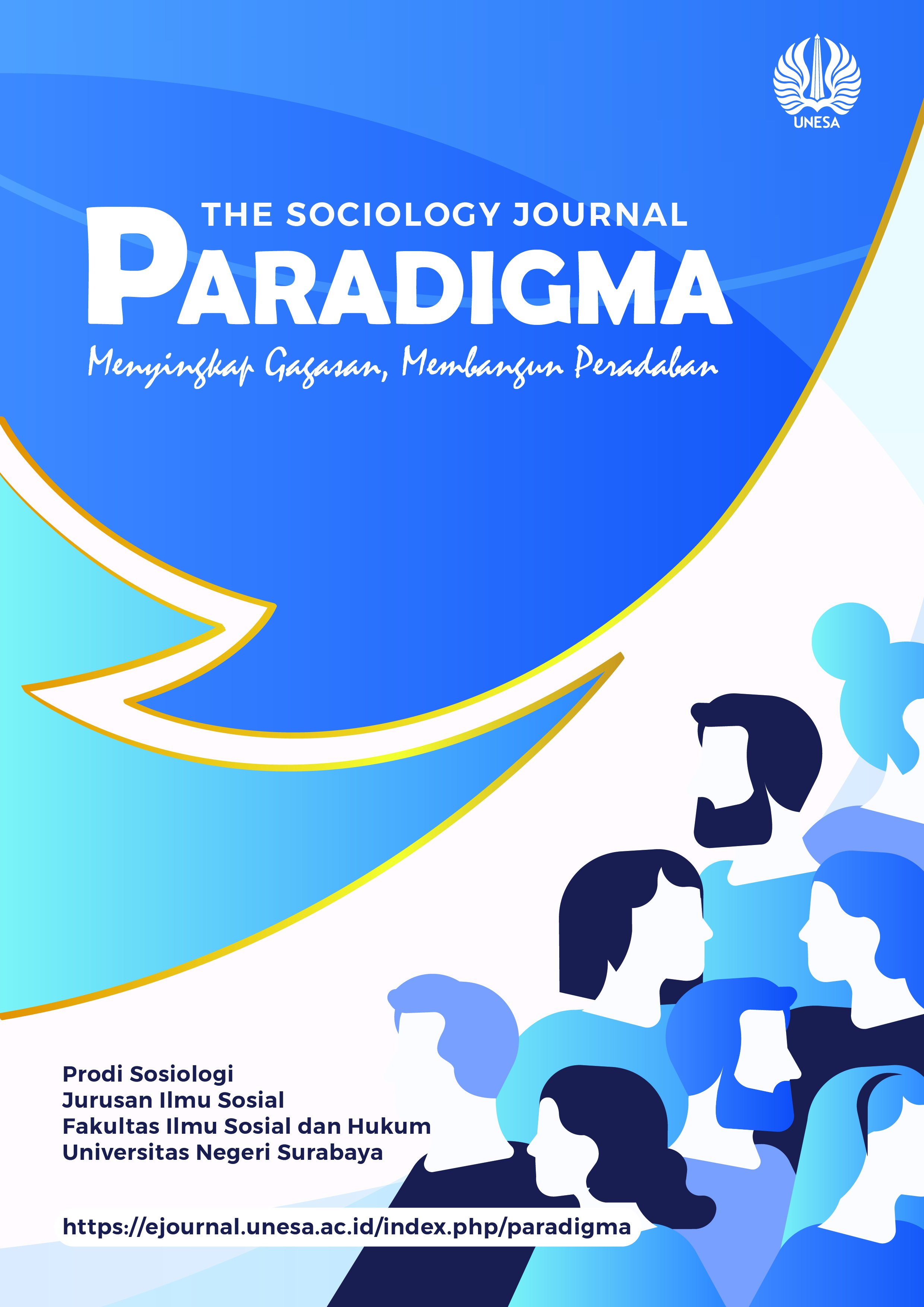Identitas Diri Remaja Perempuan Perkotaan Di Media Sosial: Studi Pada Penampilan Mahasiswi Surabaya Di Tiktok
English; Indonesia
Abstract
Technological developments are continuously advancing which makes social media in gadgets also develop. One of the
social media that is currently developing is the tiktok application which is used to show the identity of users, including
young girls. in this application users can share videos and photos that are easily seen by everyone without having to be
friends. Teenage female users really like this application, one of them is the FISH Student at Surabaya State University.
The purpose of this study was to look at the life background, appearance and identity of FISH students in using the
tiktok application with their self-concept. This study was analyzed using the theory of self-concept symbolic interactionism
from George Herbert Mead. In this study using descriptive qualitative approach. The collection technique uses the
snowball technique and also conducts in-depth interviews, documentation and observations of events in the field. The
results of the study show that FISH students at Surabaya State University have their own symbols in showing their life
background, identity and appearance in the tiktok application. Therefore, the symbol shown can bring out the meaning
of his self-concept through the video so that indirect interaction occurs in the tiktok application. In addition, the selfconcept resulting from the symbols they show is very different. They are also competing to show themselves so that they are
easily recognized in their own way.
Keywords: Self Identity; Appearance; Self Concept.
Identitas Diri; Penampilan; Konsep Diri.
Downloads
Downloads
Published
How to Cite
Issue
Section
 Abstract views: 443
,
Abstract views: 443
, PDF Downloads: 693
PDF Downloads: 693


